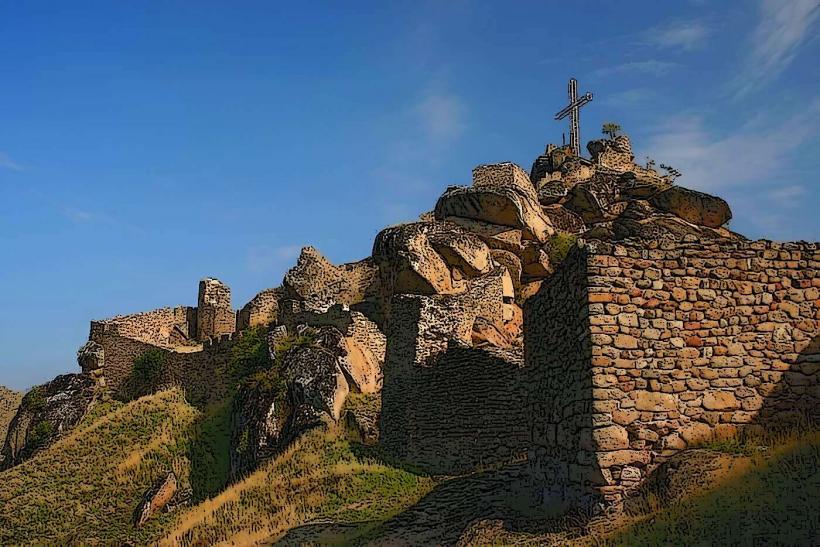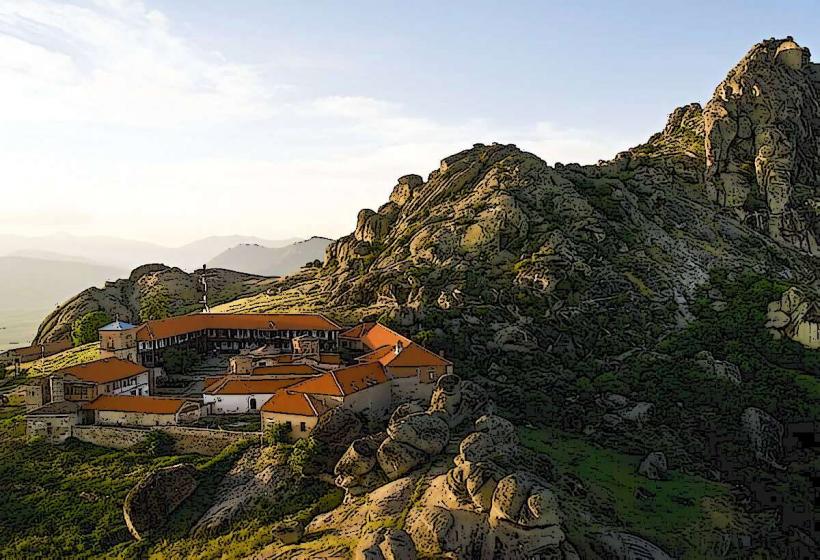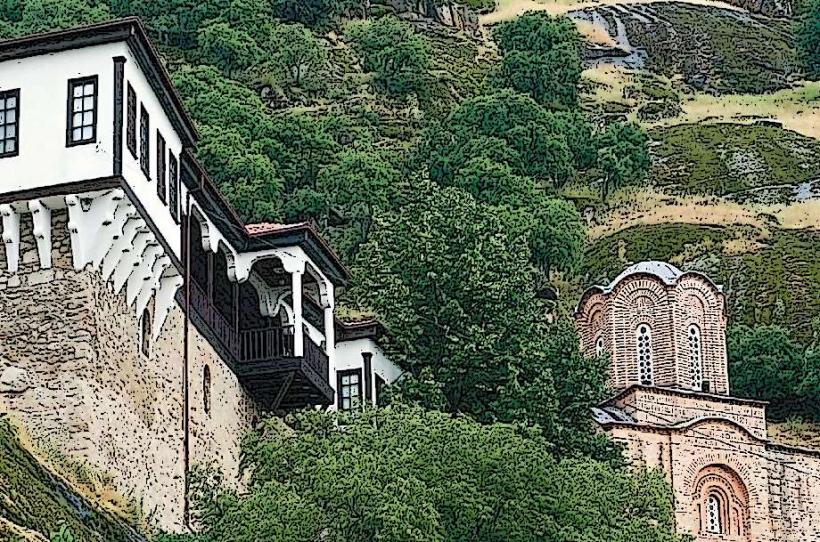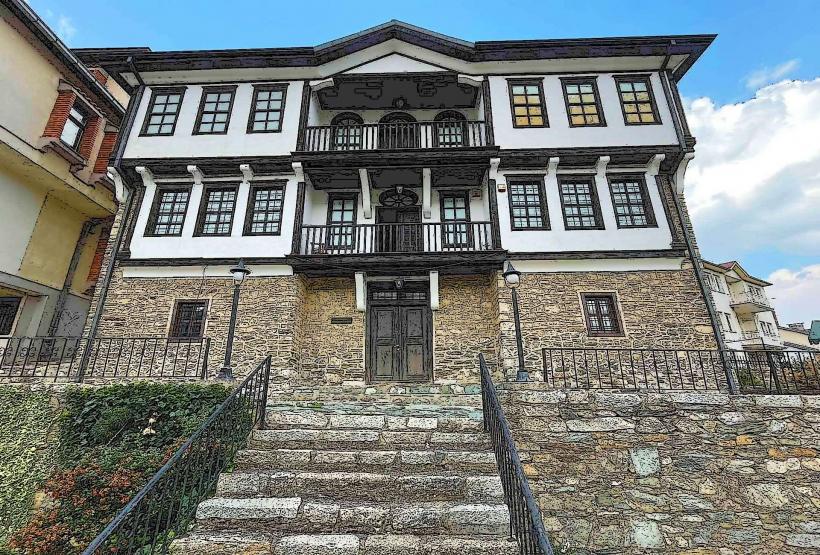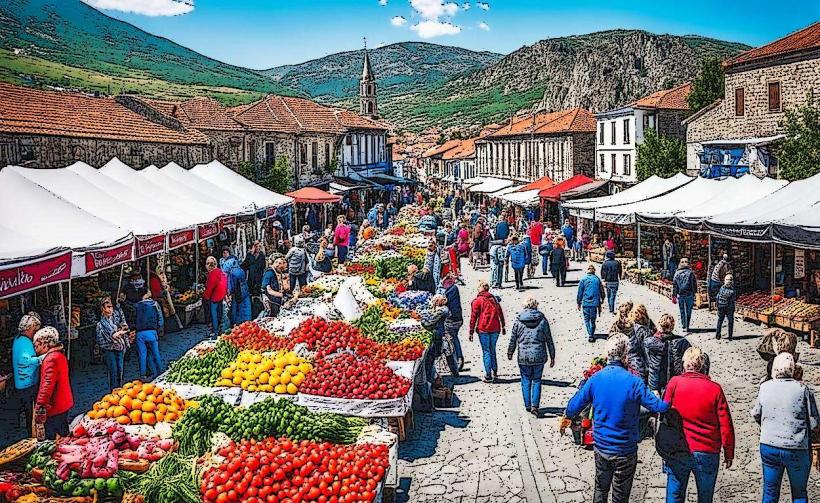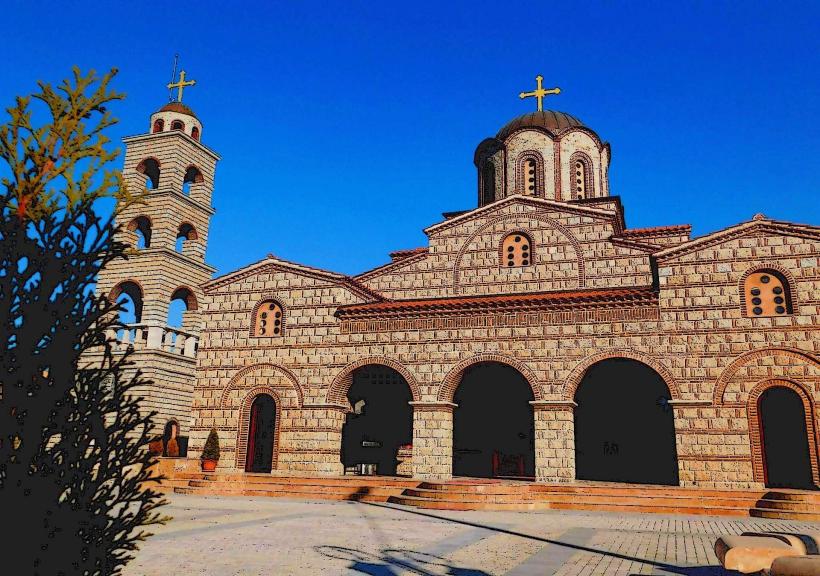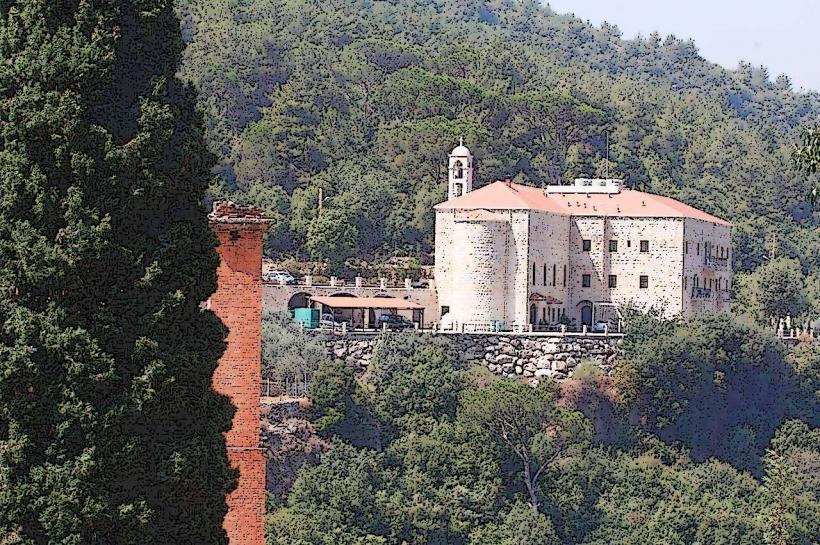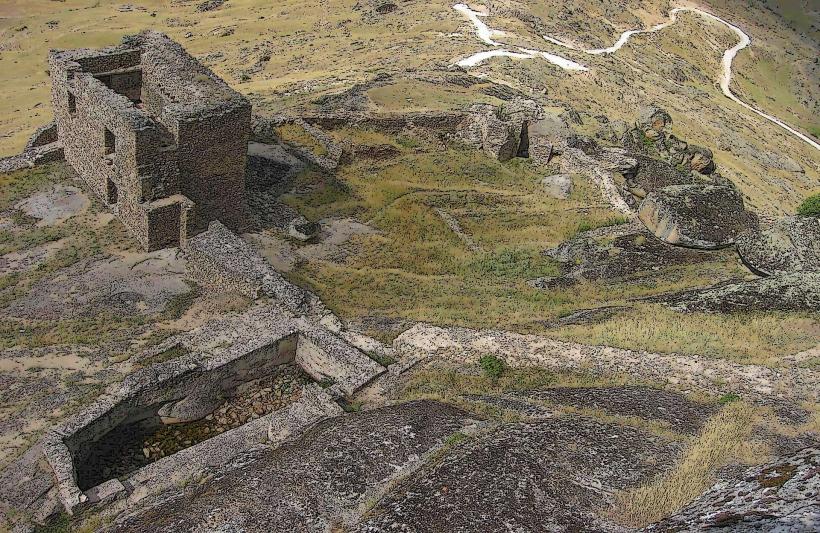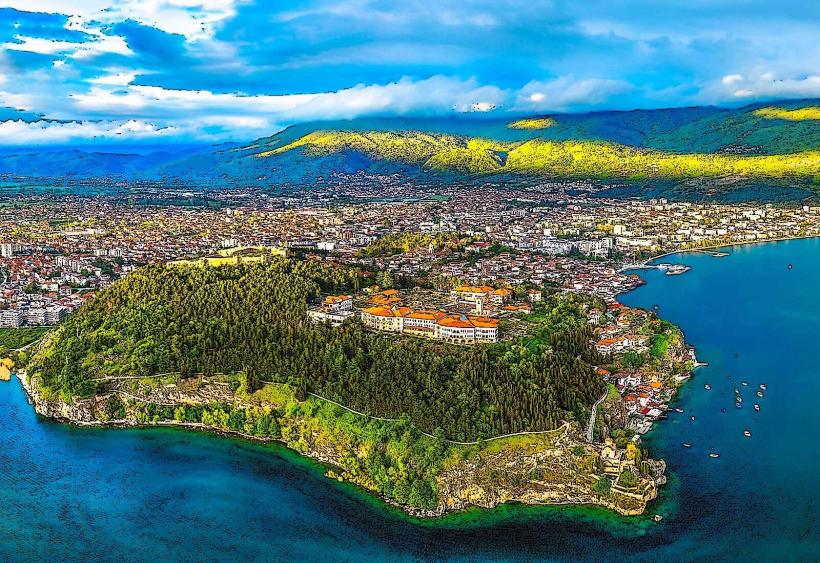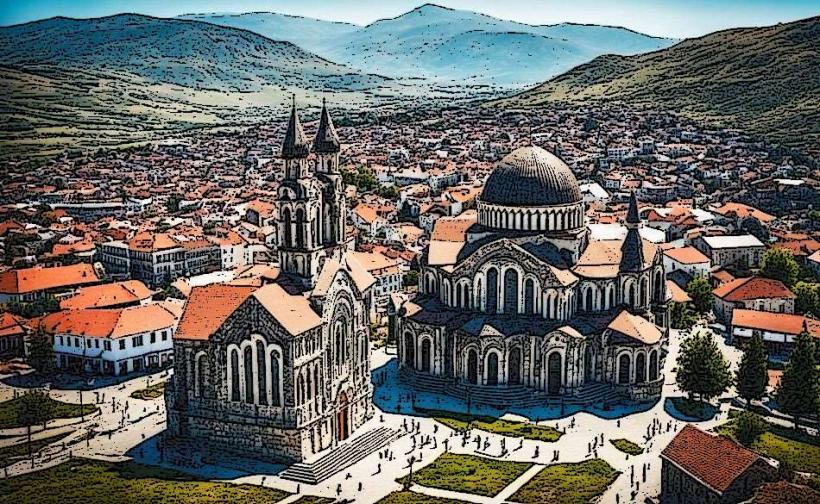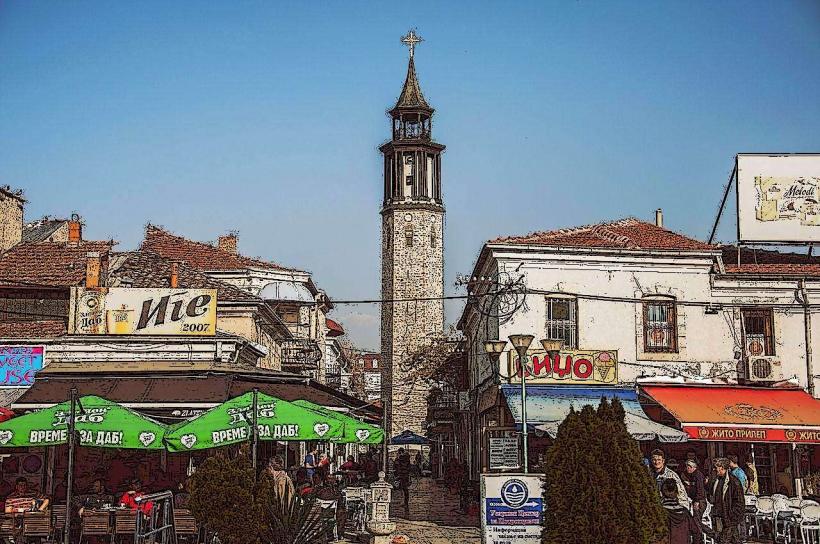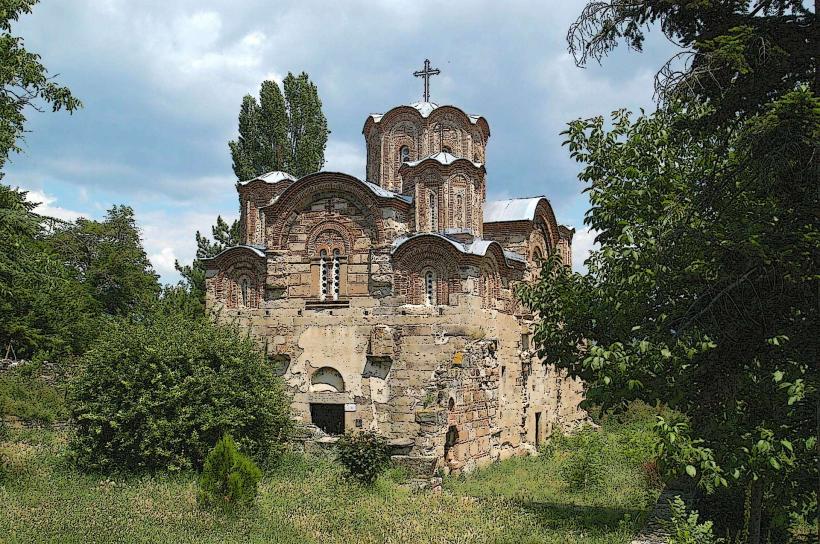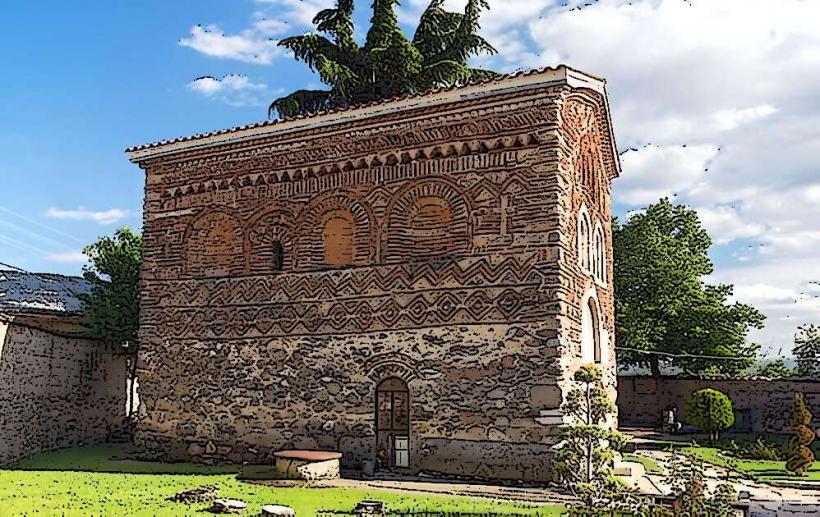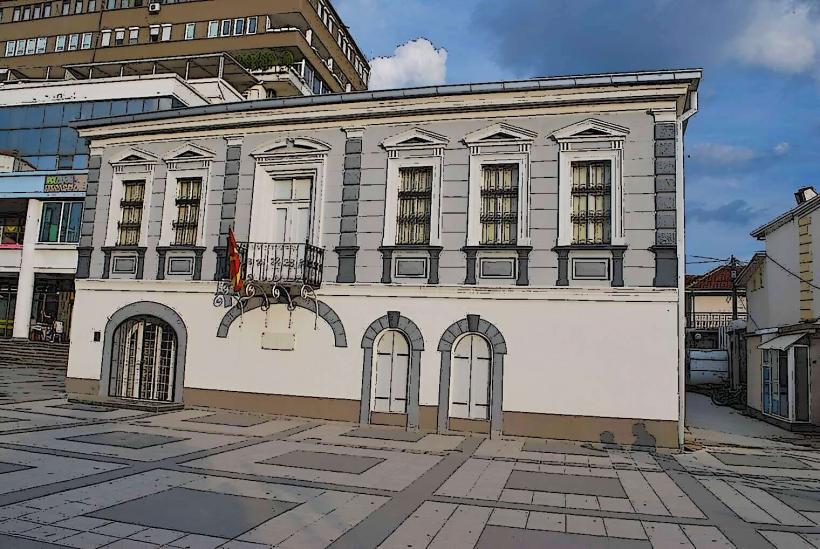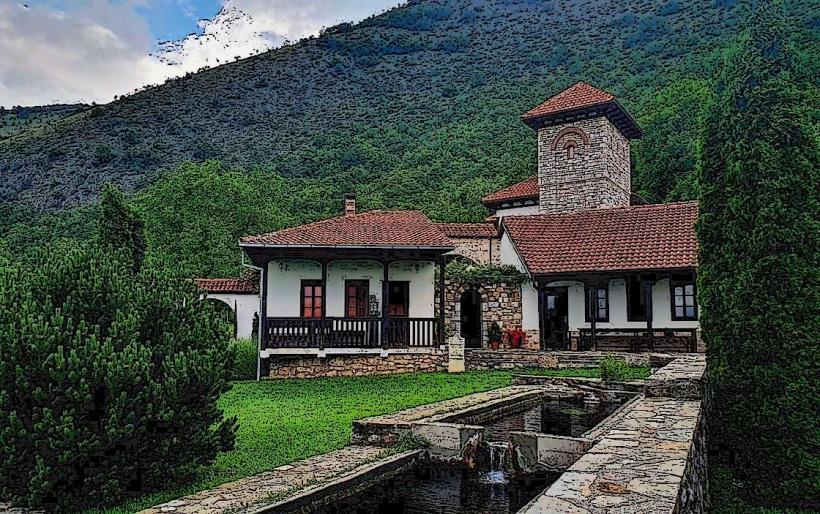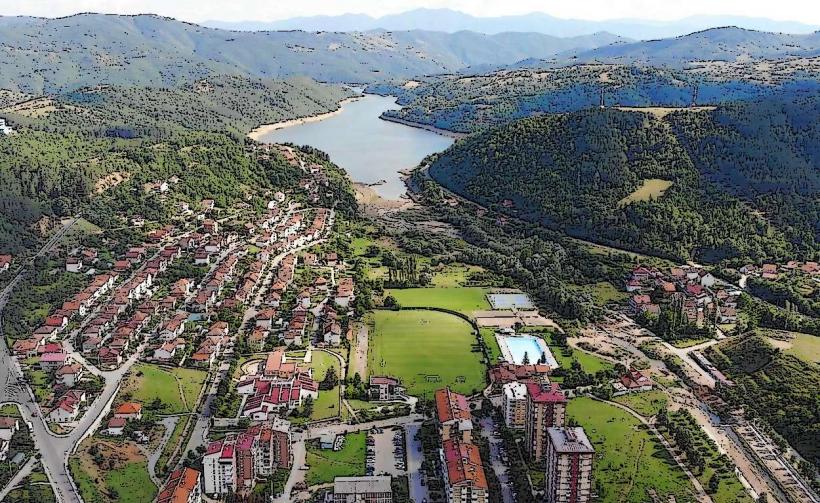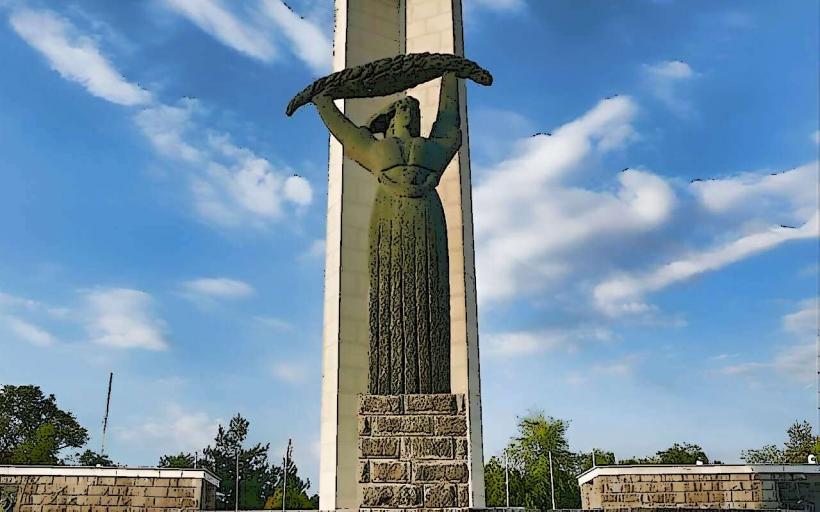Information
City: PrilepCountry: North Macedonia
Continent: Europe
Prilep is a city located in central North Macedonia, often referred to as the "City of the Sun" due to its warm climate and sunny weather throughout much of the year. It is known for its rich history, cultural significance, and strong connection to the country's economic development. Below is a detailed look at Prilep, excluding its specific landmarks:
Geography and Climate
Prilep is situated in the southern part of North Macedonia, in the valley of the Pere Mountains, near the Crna River. It is surrounded by fertile plains, which makes the area ideal for agriculture, particularly the cultivation of tobacco, fruits, and vegetables.
Climate: Prilep experiences a Mediterranean continental climate with hot summers and cold winters. Summer temperatures can reach 35°C (95°F) or higher, with relatively dry conditions. Winters are cold, with temperatures often dropping below 0°C (32°F), and snow is common in the surrounding hills and mountains.
Topography: The city is set at an elevation of approximately 600 meters (1,970 feet) above sea level, with its surroundings offering both flat terrain for agriculture and more mountainous areas, ideal for hiking and outdoor activities.
History
Prilep has a long and complex history, dating back to ancient times. The city has been inhabited since the Illyrian and Roman periods, and its strategic location has made it an important center throughout history.
Antiquity and Roman Era: Prilep's history dates back to the Hellenistic period when it was known as a strategic settlement in the region. The area was later part of the Roman Empire, and remnants from this era can still be found in the region.
Medieval Period: During the Byzantine era, Prilep became an important center in the region, and it later flourished under the Ottoman Empire, which ruled over the area for several centuries. The city played a significant role in trade and culture, and several Ottoman-era structures still stand today.
Modern Era: After the Balkan Wars and the dissolution of the Ottoman Empire, Prilep became part of the Kingdom of Yugoslavia, and later, the Socialist Republic of Macedonia. The city’s economic importance grew significantly during the 20th century, particularly with its tobacco industry. After North Macedonia’s independence in 1991, Prilep continued to develop as an industrial and cultural center.
Economy
Prilep has long been an economic hub in central North Macedonia, with a diverse economy that relies on agriculture, industry, and trade.
Agriculture: Prilep is known as one of the leading agricultural regions in North Macedonia, particularly famous for its tobacco production. The city's fertile lands are also used for growing various fruits, vegetables, and cereals, with tobacco being the dominant crop. The Prilep tobacco is considered some of the best quality in the country and has a long tradition of cultivation.
Industry: The city has a strong industrial sector, particularly in textiles, food processing, and construction materials. Tobacco processing is another important industry, and Prilep is home to several tobacco factories. In addition, Prilep has a developing manufacturing sector that includes machinery production, metalworking, and other light industries.
Trade: Prilep is also a commercial center, serving as a regional hub for trade due to its strategic location and proximity to major transportation routes connecting North Macedonia with Greece and Albania.
Culture
Prilep has a vibrant cultural scene and is home to a mix of traditional and contemporary influences. Its history, combined with the cultural traditions of the local people, gives Prilep a unique character in North Macedonia.
Festivals: Prilep is known for its cultural and music festivals, such as the Prilep Cultural Summer and various traditional celebrations. These events often include music, dance, theater, and art exhibitions, showcasing both local talent and international performers.
Music and Arts: The city has a strong tradition in music, particularly in the fields of folk music and classical music. The local music scene includes both traditional Macedonian songs and contemporary genres. Prilep also hosts various artistic events, including theater performances and art exhibitions.
Literature: Prilep has produced several notable writers, poets, and intellectuals. The city has a rich literary tradition, with many of its citizens contributing to the development of modern Macedonian literature.
Education
Prilep is home to several educational institutions, including primary and secondary schools, as well as higher education facilities.
University: The University of Goce Delčev, named after the Macedonian revolutionary Goce Delčev, has a branch in Prilep, offering programs in various fields, including humanities, social sciences, and engineering. This university plays an important role in the education of young people in the city and the surrounding region.
Secondary Education: Prilep offers a range of secondary schools, many of which focus on specialized fields such as technology, commerce, and arts. These schools prepare students for higher education or careers in the workforce.
Cultural and Educational Exchange: The city encourages educational and cultural exchanges, with students and professionals often participating in international programs that foster cooperation between Macedonia and other countries in the region and beyond.
Religion
The majority of the population in Prilep is Eastern Orthodox Christian, and the city has a significant number of churches, monasteries, and religious festivals associated with the Orthodox Christian faith. The Macedonian Orthodox Church plays a central role in the spiritual life of the city.
Christianity: Prilep is home to many important Orthodox Christian sites, including several monasteries and churches. The city celebrates various religious holidays, including those dedicated to local saints and historical events in Macedonian Christianity.
Islam: Although the majority of the population is Christian, there is also a significant Muslim minority, mainly ethnic Albanians and Bosniaks. The Ottoman influence can be seen in the presence of several mosques in the city.
Religious Tolerance: Prilep is known for its religious tolerance, with both Christians and Muslims living together peacefully and participating in each other's festivals and cultural practices.
Tourism and Recreation
Prilep, though not as heavily visited as some other cities in North Macedonia, has potential as a tourist destination due to its historical significance, scenic landscapes, and cultural heritage.
Historical Sites: Prilep has several important historical sites from the ancient and Ottoman periods. These include remains of ancient settlements, Ottoman-era mosques, and traditional houses. The city is also known for its connection to the Macedonian revolutionary movement, with several monuments and memorials dedicated to figures such as Goce Delčev and Pitu Guli.
Outdoor Activities: The surrounding Pere Mountains and Pelagonia Valley offer plenty of opportunities for hiking, nature walks, and exploring the countryside. The area is rich in flora and fauna, making it a good spot for nature lovers.
Lake Prespa: Prilep is located relatively close to Lake Prespa, a large lake that straddles the borders of North Macedonia, Albania, and Greece. It is an excellent location for birdwatching, fishing, and boat trips.
Nearby Attractions: The Markovi Kuli (Marko's Towers), located just outside the city, is a popular tourist destination. It is a medieval fortress set on a hilltop with stunning views of the surrounding region. The town of Bitola is also nearby, providing additional opportunities for cultural exploration.
Challenges and Future Outlook
Prilep, like many cities in North Macedonia, faces challenges related to economic development, urbanization, and environmental sustainability.
Economic Diversification: While the tobacco industry remains a major economic driver, there is a need for further diversification in Prilep’s economy. Efforts are being made to develop other sectors, including tourism, technology, and manufacturing.
Urban Growth: Prilep is experiencing urban growth, which requires the development of infrastructure and urban planning to accommodate the increasing population. There are ongoing efforts to improve public services, transportation, and housing.
Environmental Concerns: As with many other industrial cities, Prilep faces environmental challenges, particularly related to air pollution and waste management. Addressing these issues will be crucial for ensuring the city’s long-term sustainability.
Conclusion
Prilep is a city with a rich historical and cultural heritage, situated in a strategically important location in North Macedonia. With its strong agricultural base, growing industrial sector, and vibrant cultural scene, Prilep is an important part of the country's economy and identity. The city’s unique history, coupled with its potential for further development in tourism and other industries, makes it a city with both challenges and opportunities in the years ahead.

